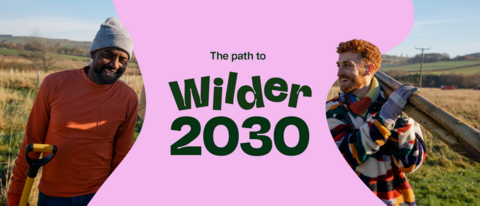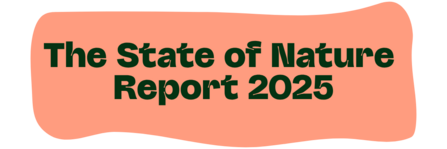
Our vision is simple: A Wilder Derbyshire where people and wildlife thrive together.
And our mission is clear: Inspiring and enabling bold, transformative action, where everyone plays their part to make it happen.
By 2030 we aim to:

Read the full report here:
Our Strategic Goals:
People are closer to nature
- Ensuring the creation of more nature-rich and accessible wild spaces
- Creating inclusive and accessible volunteering and skill sharing opportunities
- Ensuring everyone can connect with nature in their neighbourhood by supporting creative community-led solutions
- Collaborating closely with communities to dismantle systemic barriers to accessing and connecting with nature.
So that...
People take action for wildlife
- Building diverse, sustainable and resilient networks that drive transformative change
- Supporting a stronger, more joined-up voice for nature
- Telling stories of activism, action and hope
- Championing and supporting community-led rewilding.
So that...
There is more space for nature, and more people benefiting from nature
- Supporting the delivery of landscape-scale change to create more space for nature
- Delivering evidence-led rewilding and reintroductions
- Delivering and campaigning for natural solutions that address the biodiversity and climate crises
- Advocating for wildlife friendly and climate resilient developments.
So that...
Wildlife and people thrive together
- The current declines in nature and community wellbeing are reversed
- Wildlife and communities flourish and thrive together
- People are closer to nature, driving an ever more inclusive cycle which continually strengthens connections and creates a wilder and better society for generations to come.
Our new State of Nature in Derbyshire report, reveals that at least five much-loved bird species — the willow tit, marsh tit, hawfinch, spotted flycatcher, and lesser spotted woodpecker — have suffered steep declines in the county. The lesser spotted woodpecker is now on the brink of disappearing locally.
These declines are being driven by habitat loss, unsustainable land use, species persecution, and climate change. But this crisis can still be turned around — if people are empowered and supported to act.




